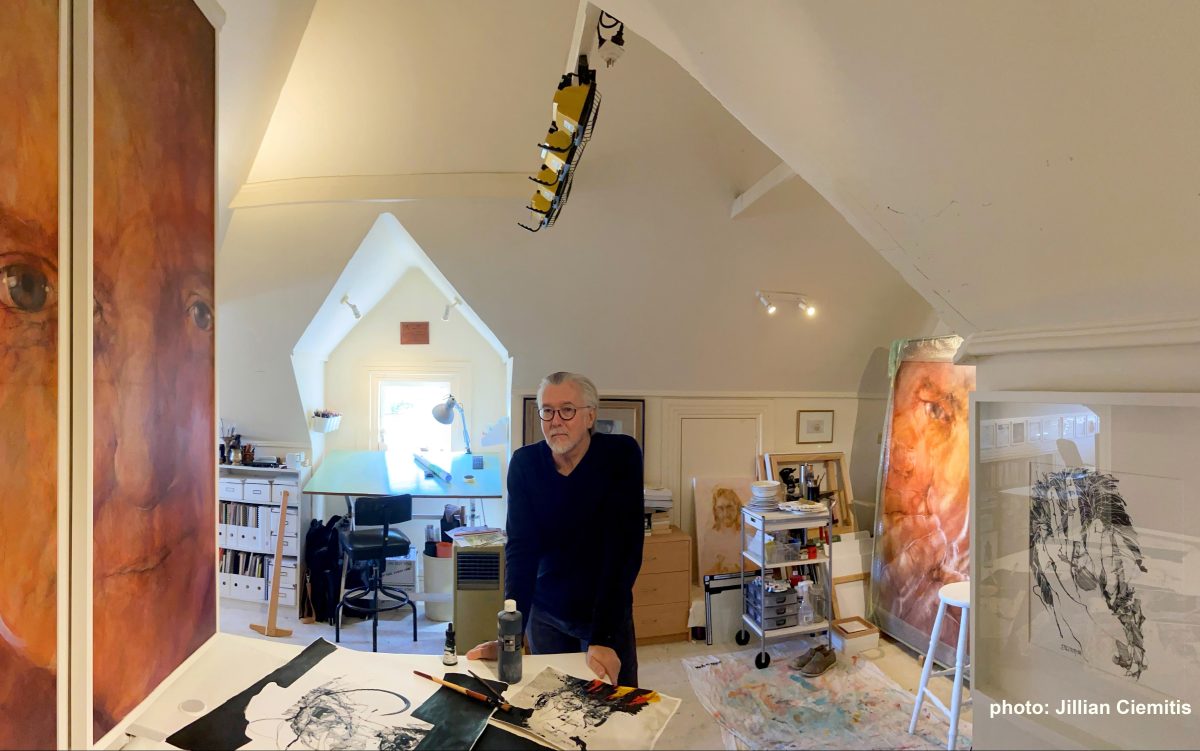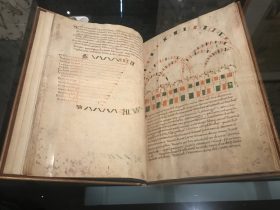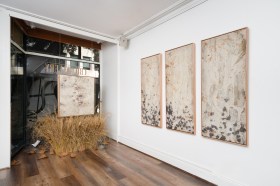Securing space for showcasing or producing art is one of the foremost challenges creative individuals face today. The art world can be a solitary place when artists hunt for studios, galleries, rehearsal spaces or venues for their performances. Yet, there are allies beyond the creative realm, willing to lend their support – if you know how to go about finding them.
Like many of my fellow artists, I’m often confronted with limited options when it comes to workspace. For most artists, it’s either a question of working from home (or, if they’re fortunate, from a home studio). Alternatively, it involves the constant quest for rare institutional studio spaces, artist-run initiatives or arts hubs. Equally challenging is the fact that galleries frequently find themselves in search of affordable B-grade spaces, often far removed from the bustling foot traffic or exposure so vital for the artists they represent.
Perth could “win the global game” in attracting the world’s smartest and brightest, but it falls a little short. Why are Global Liveable City rankings important? They help influence global investment and inform companies about the location of their principal offices.
Spaces designed for work, collaboration and communication hold immense value for numerous creative practitioners. It’s in these group venues and workshop spaces that ideas are exchanged, partnerships are forged and talent is discovered. They also serve as catalysts for breathing life, interest and “activation” into their surroundings.
Regrettably, neither the commercial property sector nor local governments place substantial emphasis on creating space for the arts. Unlike the recreation sector, which has long benefited from town planning regulations that deliver green spaces and essential sports infrastructure, the cultural and creative sector is often overlooked by policies, frameworks or support levers necessary to facilitate work, practice, performance or exhibition spaces.
On the west coast, however, we are witnessing a concerted effort to address this challenge and pave the way for innovative solutions. In 2021, the inner councils of Perth commissioned a study titled ‘Making Space for Culture’. This study explored practical avenues for adjusting the levers of planning systems to encourage or even mandate that developers allocate space for the arts. Consultancy, Hatch RobertsDay, initially conducted a survey of inner city creatives to gauge the demand. Astonishingly, it received 1080 responses from arts practitioners, with 80% expressing an urgent need for space.
With fewer than 20 artist studios in central Perth, the task was daunting. Yet, the collaboration between the arts and planning sectors yielded more than 95 specific recommendations across a range of projects and precincts for the councils to consider. Some of these recommendations were quite strategic and practical. For instance, developers could be incentivised with bonuses in Precinct Plans to provide art spaces. This concept has already been embraced by the City of Vincent in its new Precinct Strategy for the Pickle District, an evolving arts precinct in a former inner city industrial area undergoing revitalisation and redevelopment.
Read: Ten years on, a gallery, but not a gallery, still going its own way
Another initiative involved redefining developer Percent for Art policies. In Perth, local governments have been taking bold steps to mandate public art not only in public buildings, but also in private developments, including apartments, offices and retail projects.
This progressive approach has provided a platform for artists, with 80% of Perth metropolitan local governments adopting the policy in the last decade. As development rates surge, the momentum for public art grows, all without burdening public finances.
However, there is no reason that Percent for Art should be limited to public art alone. Developers could satisfy their Percent for Art obligations by offering art spaces like studios as well. Councils such as the Cities of Vincent and South Perth have already adopted this variation to their Percent for Art policies. Savvy developers have also begun to leverage these policies, recognising the branding and activation benefits for their projects, such as Frame Court in Leederville by EG Funds, which has included artist studios in its recently approved apartment project.
For artists like me, the opportunity to connect with communities of fellow artists in such places offers rich prospects for collaboration, challenge and exchange. I am hopeful that, in due course, we may witness the creation of studios and galleries integrated with accommodation, welcoming visiting artists in residence on national and international levels. This expansion could further extend the reach and interconnectivity of the arts, nurturing a vibrant cultural ecosystem in Perth and any Australian city.
The one cautionary note is that these outcomes can only be achieved by those who understand both the arts and the intricacies of planning at the same time, which is why it has taken so long up to now.
The integration of the arts into urban development isn’t merely a dream, but a tangible reality. It’s an endeavour that requires collective commitment, creative thinking and collaboration across sectors. As we continue to make strides in bridging the gap between the arts and planning, we unlock the potential for vibrant, culturally-rich and internationally-acclaimed cities like Perth. Let us work together to make space for the arts, for it is in the arts that we find the soul and heartbeat of our communities.





